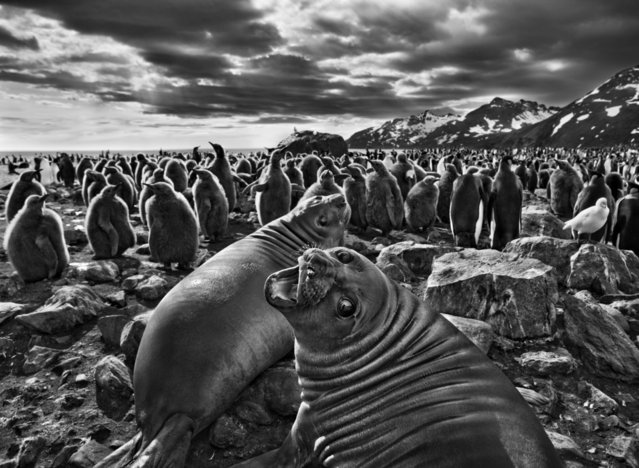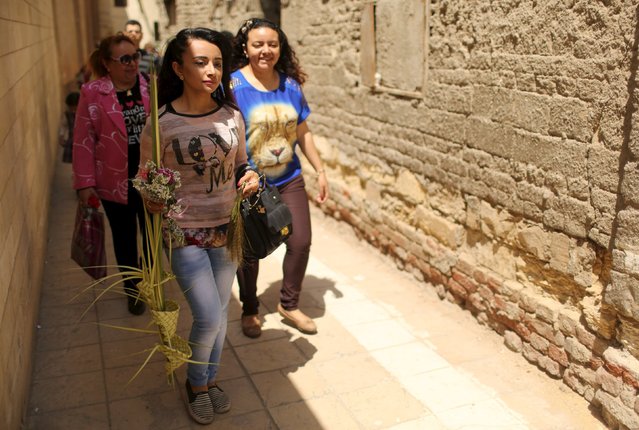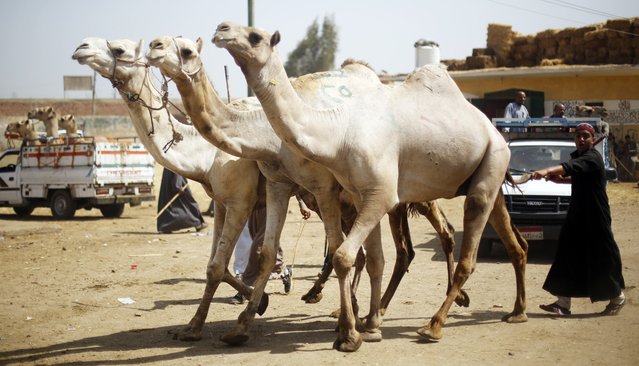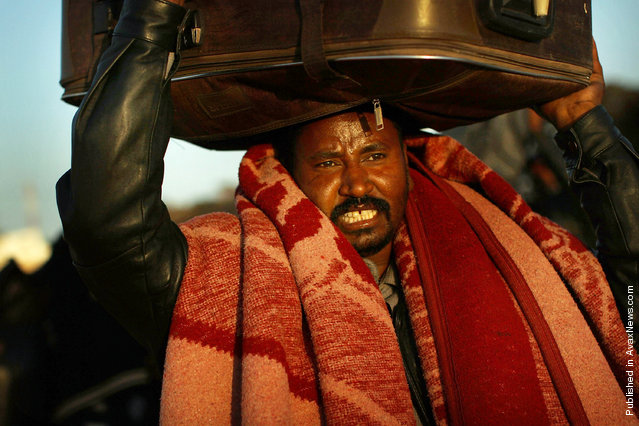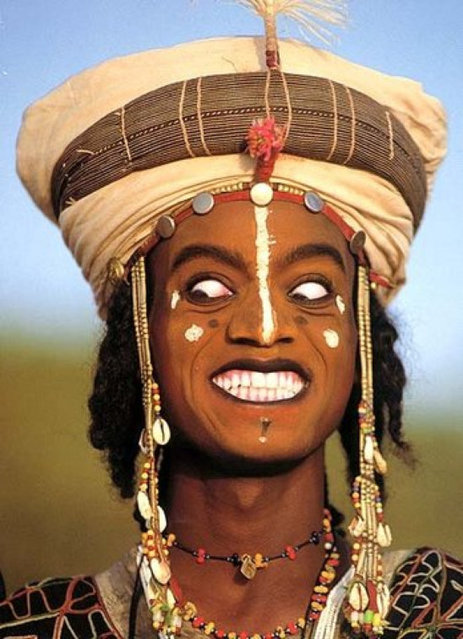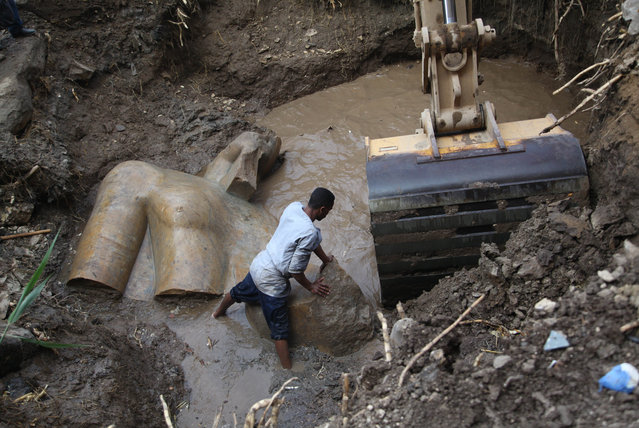
An Egyptian worker prepares to lift parts of a statue at the site of a new archeological discovery at Souq Al-Khamis district in Al-Matareya area, Cairo, Egypt on March 9 2017. According to the Ministry of Antiquities, two 19th dynasty royal statues were found in parts in the vicinity of King Ramses II temple in ancient Heliopolis (Oun) Sun Temples by a German-Egyptian archeological mission. (Photo by Xinhua News Agency/Rex Features/Shutterstock)
15 Mar 2017 00:06:00,post received
0 comments

